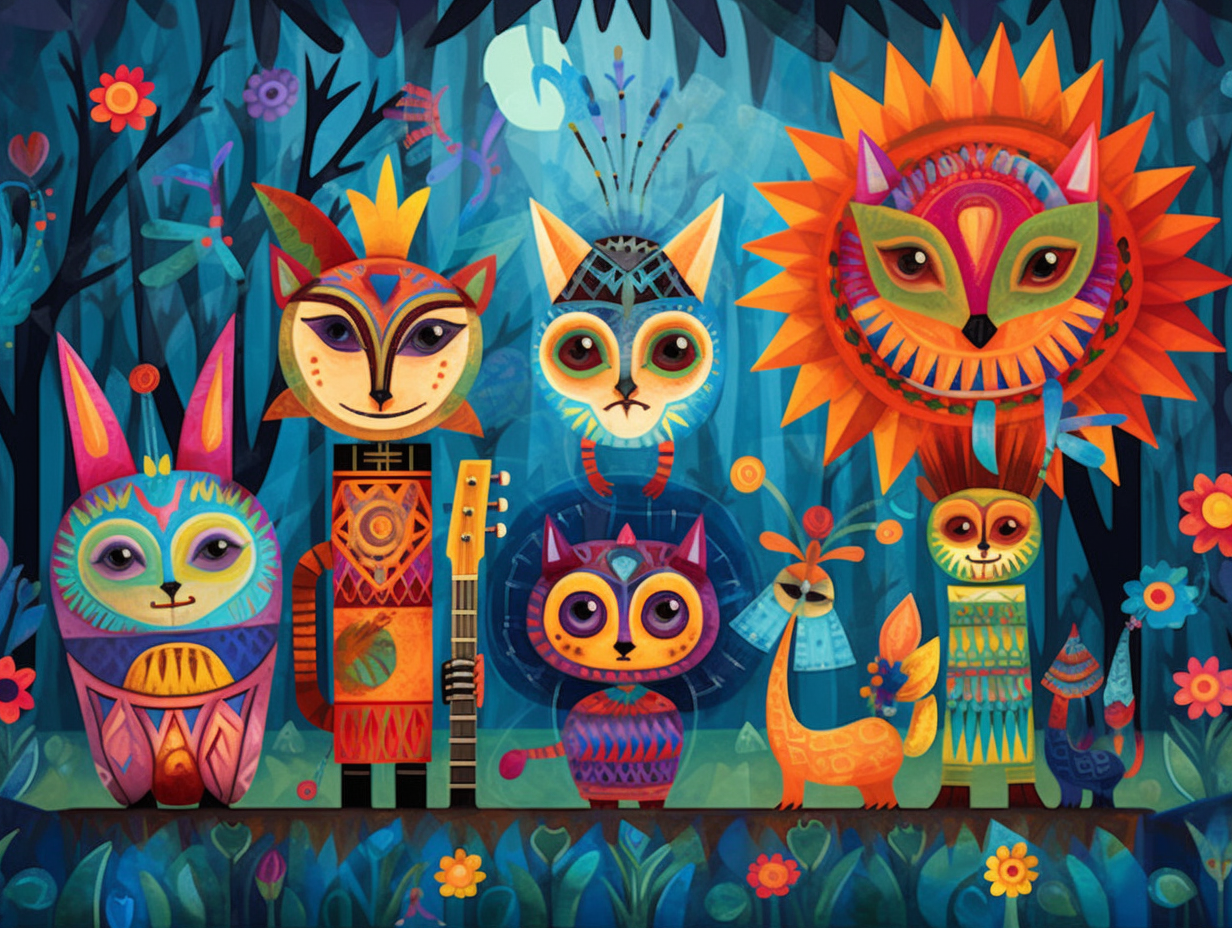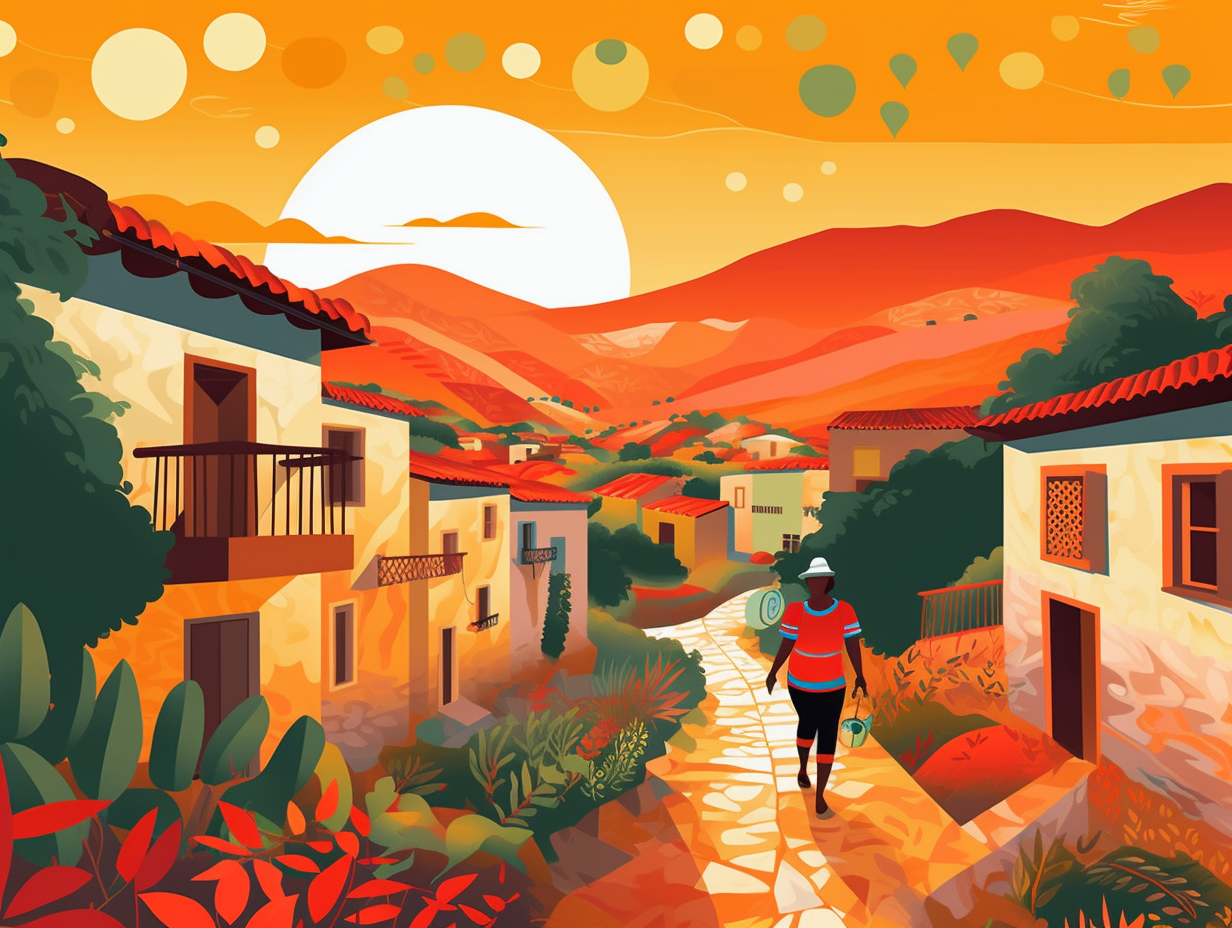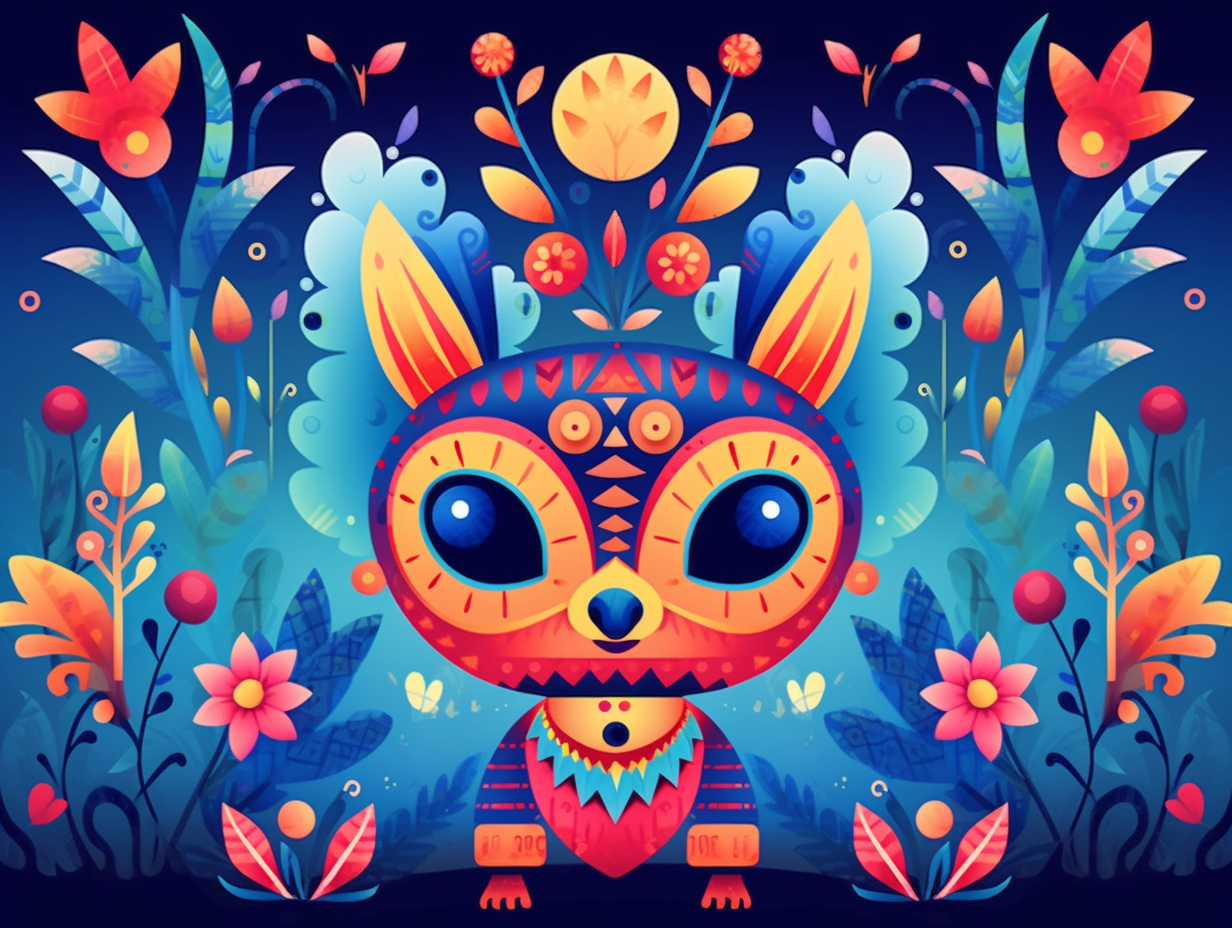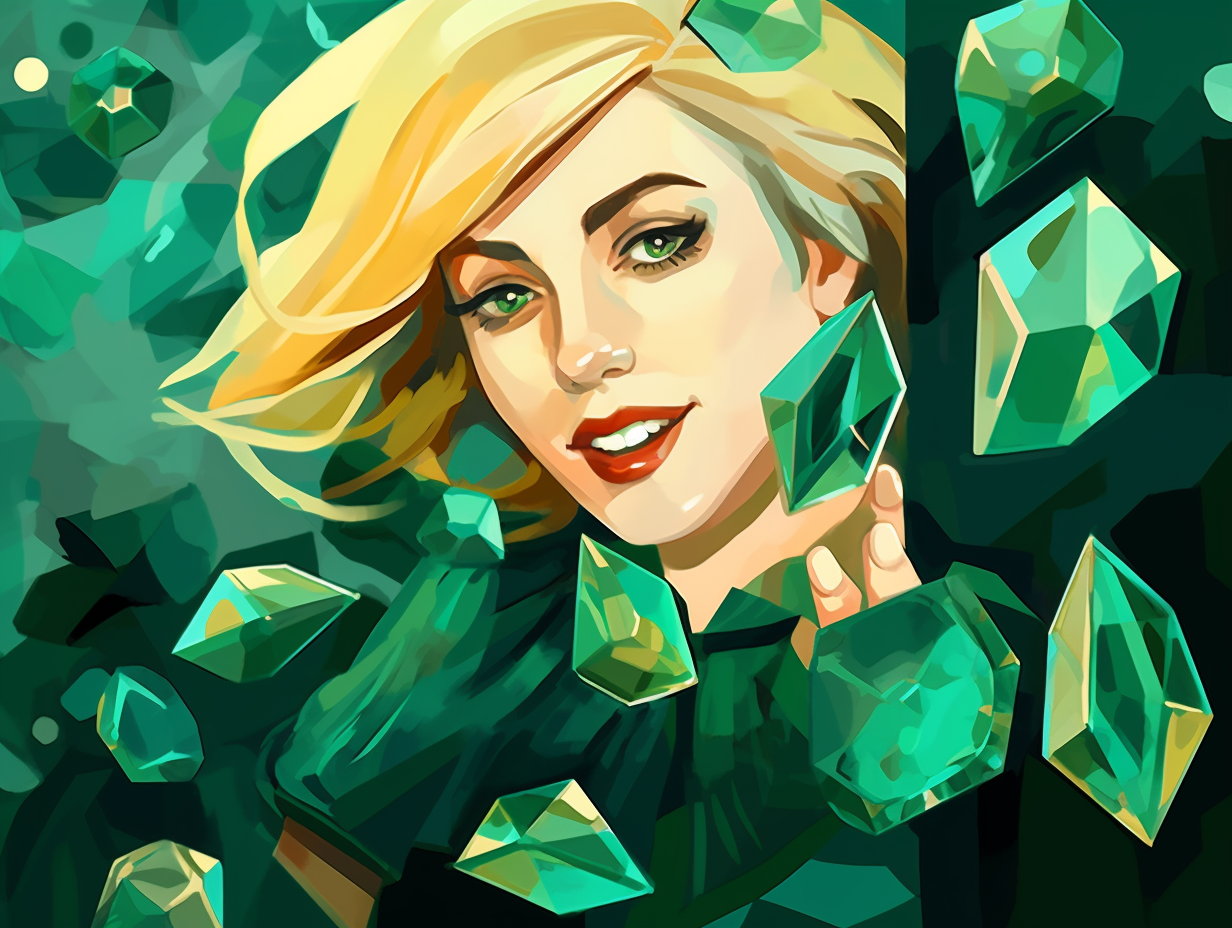Discover the Magic: Top 8 Fun Facts About Alebrijes You Never Knew

1. Alphabet Soup Origins
While alebrijes may sound like what you have when you sneeze with a mouthful of alphabet soup, they are actually an enchanting world of fantastical creatures born from the imagination of a Mexican artist: Pedro Linares first created these vivid paper-mache sculptures in the 1940s, following a feverish dream. Copal wood variants emerged when Manuel Jimenez adapted the art form from its paper-mache roots. Now, these captivating and colorful critters grace collections and museums worldwide, ensuring Linares and Jimenez's legacies continue to flourish in the realm of whimsical artistry.
Source => lammuseum.wfu.edu
2. Willy-Wonka-meets-Lisa-Frank Palette
When alebrije artists met the hard sell and traded their subdued color palettes for the Willy-Wonka-meets-Lisa-Frank spectrum, they weren't just trying to make a quick peso: These adaptations to Mexico's popular folk art were driven by market demand for more vivid creations, while preserving the indigenous cultural roots and beliefs in the supernatural from pre-Columbian times.
Source => latimes.com

Did you know there's a heated debate in Oaxaca over the ideal drinking vessel for mezcal? Discover the traditional jicarita and the alternatives that stir up spirited discussions! 🍹🍯🥃
=> Fun Facts about Oaxaca
3. Hallucinations to Reality
From mysterious fever dreams to colorful reality: Alebrijes were born in the 1930s when artist Pedro Linares hallucinated fantastical creatures with vibrant colors and patterns during a bout of sickness, and they have since become an essential part of Mexican folk art, typically made from copal wood or papier-mâché and adorned with acrylic paint.
Source => downtownlongmont.com
4. Pixar's Mystical Pepita
When life gives you lemons, you make Alebrijes, or at least that's what the Pixar team did when they took on the challenge to create a glowing, retractable nailed, mystical creature of the night: Plowing through a labyrinth of Mexican folklore, they meticulously crafted Pepita, Coco’s star Alebrije, combining traditional designs and organic digital imagery in an astonishing feat of animation wizardry.
Source => coolmomscooltips.com

5. Sustainable Whimsical Trees
Once upon a tree, where sacred copals gently swayed and whispered secrets of sustainability: alebrijes, those vibrant and whimsical critters, are crafted using only branches of Oaxaca's revered copal trees, ensuring the trees' preservation. Each beguiling beast is uniquely hand-carved and colorfully adorned by talented artists hailing from San Martin Tilcajete and San Antonio Arrazola, making these fantastical figurines quite the coveted collectible worldwide.
Source => vivamexico.com
6. Money-Growing Trees of Oaxaca
Whoever said "money doesn't grow on trees" clearly hasn't met the industrious folks from San Martín Tilcajete: Copal wood, the go-to choice for carving alebrijes, is lovingly grown and harvested in Oaxaca, ensuring a sustainable supply. The Rodolfo Morales foundation began providing saplings in 1994, and each year, the community plants 5,000 copal saplings alongside 5,000 mixedwood trees to maintain their unique industry with a green touch.
Source => tomzap.com
7. Eco-Friendly Fantastical Beasts
You may not think of these mystical creatures as eco-friendly, but they certainly branch out when it comes to their materials: Alebrijes are often crafted from copal wood found in the Oaxaca Valley, known for its magical purifying properties.
Source => ksat.com
8. Fever Dream Artistry
When life gives you a fever dream, make alebrijes: Meet Pedro Linares, the unfathomably artisan who started the alebrije craze back in the 1930s after hallucinating these fantastical, spirit animal critters amidst a high fever. Linares' otherworldly creations quickly rose to fame, catching the eyes of illustrious artists like Frida Kahlo and Diego Rivera. These colorfully captivating creatures now find sanctuary across Mexico in Oaxaca and have even begun traversing to North America to snuggle under the Texan sun.
Source => ksat.com
Related Fun Facts




















